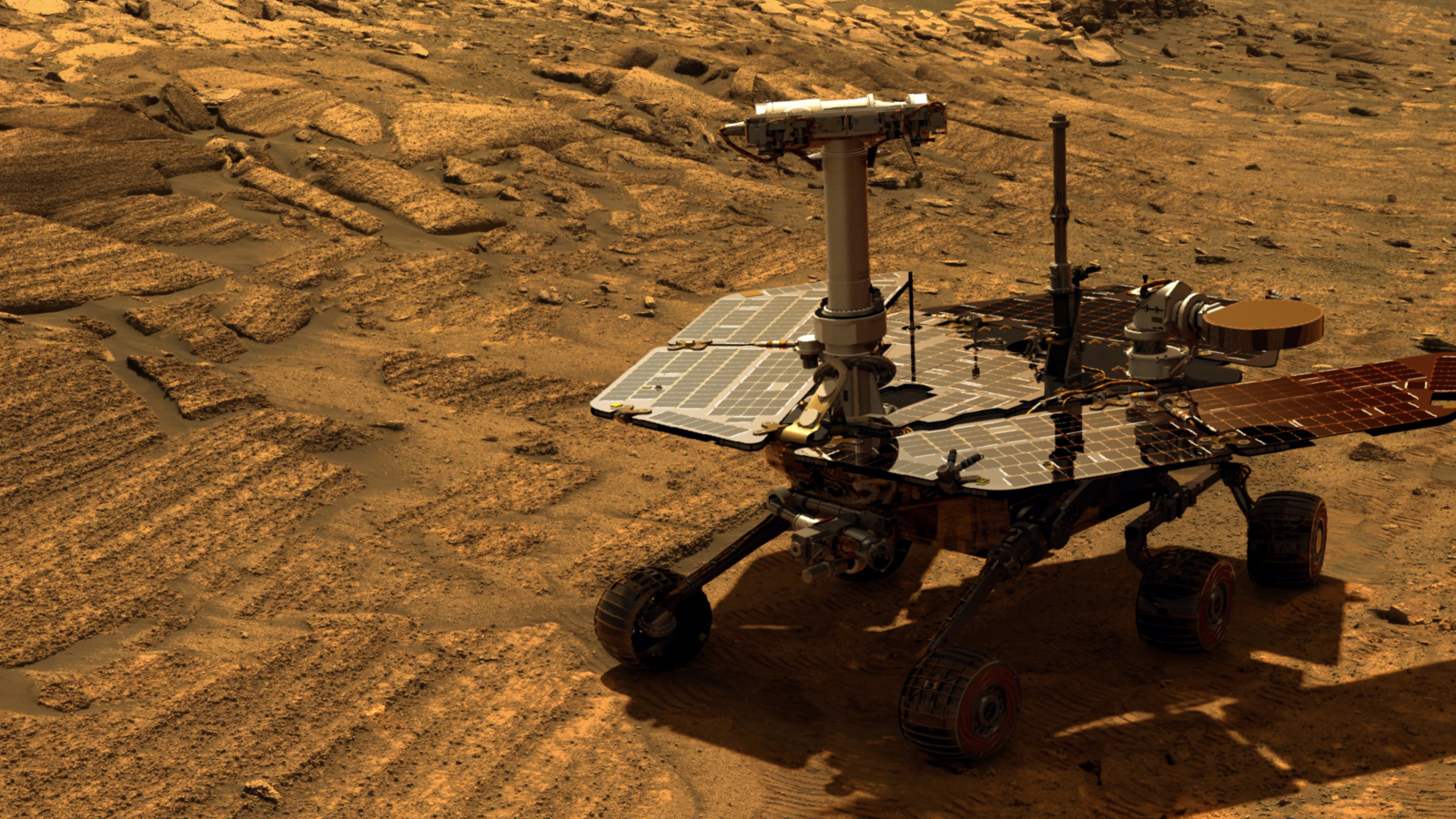
NASA blames dust storms for loss of atmospheric gases and water on Mars
Earth’s red neighbor is soon going to experience 2018’s most severe colossal dust storms. The news has many astronomers and researchers excited for the fact that Mars hadn’t had a global dust storm since 2007, and it is going be the first storm after almost a decade and a year. While we could hardly witness the earlier storms due to mere lack of technology, the help of current instruments presently orbiting Mars will help in the study of future storms in most vivid details.
NASA’s Mars Reconnaissance Orbiter (MRO) was the rover that witnessed the storm activity including hydrogen gas leakage from the planet’s atmosphere during 2007. The storm is believed to have transformed the Mars from a water-rich environment, to what we see today as barren, red dust desert, as published in a study in Nature Astronomy on January 22. The event has said to be an unfortunate occurring for Mars’ environment, which otherwise could have been a lusher and more beautiful planet than it is today.
Nicholas Heavens, the lead author of the study conducted by Hampton University in Hampton, Virginia, said in a press release, “Using NASA’s Hubble Space Telescope and the European Space Agency’s Mars Express orbiter, we found there’s an increase in water vapor in the middle atmosphere in connection with dust storms.” The atmosphere in context spans to about 30 to 60 miles (~ 50 to 100 kilometers) above the surface of the planet.
Mars’ surface has various pieces of evidence ranging from riverbeds and canyons to several minerals soaked with water (such as hematite), that signify there was once water on the Red Planet. However, the sudden drying out of planet remains a mystery for all. A famous theory suggests that most of the Martian atmosphere was displaced by the solar wind soon after Mars lost its global magnetic field, about 4 billion years ago. The Martian air since then became so wispy that the water was unable to persist on its surface anymore.
Another observation made using data collected by NASA’s Hubble Space Telescope and the European Space Agency’s Mars Express orbiter, suggests a link between Mars’ middle-atmosphere water volume and the escape of atmospheric hydrogen into space — at least during peaceful years without global dust storms. “It would be great to have a global dust storm we could observe with all the assets now at Mars, and that could happen this year,” added the co-author of the study – David Kass, NASA’s Jet Propulsion Laboratory in Pasadena, California.
The storms beginning sometime in 2018 are expected to last until the early 2019, which may mark the end of the journey for NASA’s Opportunity Rover, which has been exploring the planet for 14 years. Unlike the Curiosity rover powering itself from a plutonium-powered generator, Opportunity rover is powered by solar energy, which will enter hibernation mode until the storm settles, if the dust blocks enough sunlight. Though it has survived the earlier storms, the coming storm of 2018 will ultimately put the rover to rest.


